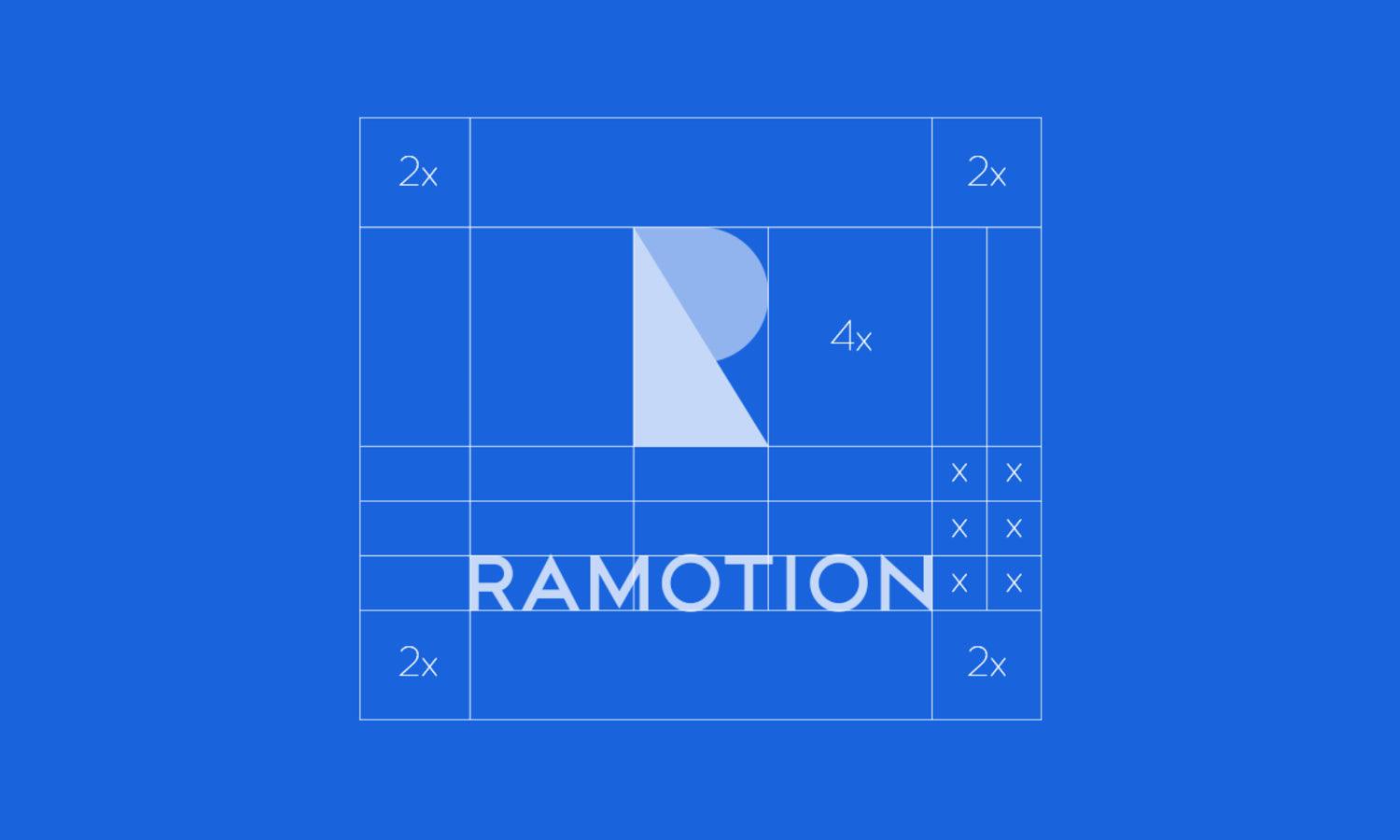How to Create a Good Logo Design Proposal

Crafting a compelling logo design proposal is a crucial step for any designer looking to secure new projects and build successful client relationships. This document not only outlines your creative vision but also serves as a critical communication tool that sets the tone for the entire project. A well-structured proposal demonstrates your professionalism, understanding of the client's needs, and your ability to deliver results that align with their brand strategy.
The key to an effective logo design proposal lies in its ability to be both informative and persuasive. It should clearly articulate how your design approach will enhance the client's brand identity and market presence. By including elements such as detailed timelines, budget breakdowns, and a clear process outline, you provide potential clients with a transparent view of what to expect and the value you bring to the table. This introduction aims to guide you through the essential components of a logo design proposal, ensuring that you leave a lasting impression and increase your chances of winning the project.
Understand the Client's Needs
In crafting a successful logo design proposal, the first crucial step is to deeply understand the client's needs. This involves more than just a superficial glance at their business; it requires a comprehensive dive into their brand identity, market position, and objectives. Begin by engaging the client through detailed questionnaires or interactive meetings to gather insights on their vision, target audience, and the message they wish to communicate through the logo.
Analyze the client's existing branding to identify strengths and weaknesses. This assessment helps in proposing a logo that not only stands out but also complements and elevates their current brand strategy. Understanding the emotional appeal and values that the client wants the logo to convey is paramount. This alignment ensures that the logo resonates well with the intended audience, enhancing brand recognition and loyalty.
Equally important is setting clear expectations regarding the project's scope, deliverables, and timelines. This transparency helps in managing the client's expectations and builds trust, forming a solid foundation for the project's success.
Research the Industry
A thorough industry research is a cornerstone of a well-prepared logo design proposal. It empowers you with the knowledge to create a logo that is not only visually appealing but also strategically aligned with industry standards and trends. Start by analyzing the logos of key competitors and industry leaders. This gives you a clear picture of the prevalent design elements, color schemes, and typographies that are resonating with the target market.
Understanding industry trends is vital, but it's equally important to identify opportunities for differentiation. Your proposal should highlight how the proposed logo will set the client apart from their competitors. This could involve innovative design techniques, unique color combinations, or a fresh approach to symbolism that captures the essence of the company in a distinct way.
Furthermore, ensure your research encompasses cultural and demographic factors that might influence design preferences of the target audience. This comprehensive analysis not only enriches your proposal but also showcases your commitment to delivering a design that is both relevant and forward-thinking.
Define the Scope of Work
Defining the scope of work in a logo design proposal is essential to set clear expectations and prevent scope creep. This section should meticulously detail what the project will encompass and the services you will provide. Start by specifying the number of initial design concepts that will be presented. This gives the client a clear idea of the variety they can expect and the breadth of creativity in your approach.
Next, outline the rounds of revisions included in the proposal. Be specific about how many alterations or refinements can be made to the chosen concept. This clarity helps in managing the client's expectations and ensures that both parties are aligned on the revision process.
Additionally, detail the final deliverables. Will the client receive just the logo, or will there be additional elements such as a branding guide, digital files in various formats, and usage guidelines? Listing these elements shows professionalism and a comprehensive understanding of branding needs.
It's also important to discuss any additional services offered, like social media graphics, business card designs, or letterhead templates. Including these services can enhance the value of your proposal and help differentiate your offering from competitors.

Establish a Timeline
Establishing a clear timeline in your logo design proposal is crucial for setting realistic expectations and demonstrating your project management skills. Begin this section by providing an overview of the project timeline from start to completion, highlighting key milestones such as the presentation of initial concepts, client feedback periods, and the expected delivery of final designs.
Break down the timeline into phases: concept development, client review, revisions, and finalization. Each phase should have a specific duration and a clear deadline. This structured timeline helps in maintaining project momentum and ensures that both you and the client are on the same page throughout the process.
Include buffer times to accommodate unforeseen delays or additional revisions. This foresight can help manage client expectations and avoid any potential frustrations arising from delays.
Also, consider linking the timeline to payment milestones. This can motivate timely feedback from the client and align payment with project progression, which helps in maintaining a smooth cash flow.
Propose a Budget
Proposing a budget in your logo design proposal is pivotal in setting financial expectations and demonstrating your professionalism. This section should provide a clear, itemized breakdown of costs associated with the logo design process. Begin by detailing the fees for initial design concepts. Specify whether the price varies based on the number of concepts provided.
Next, include the cost for revisions. Clearly state how many rounds of revisions are included and the charges for any additional revisions beyond what is agreed upon. This helps prevent any misunderstandings regarding extra costs.
If your service includes various deliverables (e.g., logo files in different formats, a branding guide), list each item and its associated cost. This transparency helps the client understand what they are paying for and sees the value in each component of the project.
Also, consider including payment terms, such as a deposit upfront and subsequent payments aligned with project milestones. This not only ensures a flow of cash during the project but also binds the client to a commitment.
Highlight Your Design Process
Highlighting your design process in a logo design proposal is essential to establish credibility and communicate the method behind your creativity. This section should articulate the steps you take from concept to completion, showcasing your strategic approach to design.
Begin by describing the initial research phase, where you gather information about the client's business, competitors, and target market. Emphasize how this research informs the design direction.
Next, explain the concept development stage. Describe how you generate ideas, sketch preliminary designs, and select promising concepts to develop further. This demonstrates your creative problem-solving skills and your commitment to developing a unique and effective logo.
Detail the revision process, including how you incorporate client feedback into refining the logo design. This shows your flexibility and dedication to client satisfaction.
Finally, discuss the finalization stage, where you prepare the logo for delivery in various formats and perhaps provide a branding guide. This shows your thoroughness and attention to detail.
Include Case Studies or Portfolios
Including case studies or portfolios in your logo design proposal is essential for demonstrating your expertise and the tangible results you’ve achieved for other clients. This section should showcase a selection of your best work, ideally similar in scope or industry to the prospective client’s project. Each case study should include a brief overview of the client’s requirements, your creative approach, and the outcomes achieved.
Provide before-and-after images to illustrate the impact of your designs. Highlight any key metrics that improved as a result of the new logo, such as increased brand recognition, website traffic, or sales. This data-driven approach helps build credibility and shows potential clients the real value of your work.
Also, include testimonials from past clients that speak to your professionalism, creativity, and ability to deliver on time and within budget. Positive feedback adds a personal touch and reinforces trust.

Communicate Your Unique Value Proposition
Communicating your unique value proposition (UVP) in a logo design proposal is crucial to differentiate yourself from the competition. Your UVP should succinctly describe what makes your design services superior and how they add specific value to the client’s business.
Begin by identifying the unique aspects of your design approach, such as your ability to translate complex ideas into simple, memorable logos. Mention any specialized skills or techniques you employ, like custom typography or environmentally-friendly design practices.
Highlight your commitment to customer service, detailing how you collaborate closely with clients throughout the design process to ensure their vision is realized. If you offer any additional services like ongoing brand management or marketing material design, be sure to mention these.
Your UVP should resonate with the client’s needs and aspirations, demonstrating that you understand what drives their business and how your designs can help achieve their goals. This not only personalizes your proposal but also firmly establishes you as the best choice for their project.
Detail Revision Policies
Detailing revision policies in your logo design proposal is crucial for setting clear expectations and managing the client’s requests throughout the design process. Clearly outline how many rounds of revisions are included in the initial proposal and what each round entails. Specify whether changes in the concept after approval will incur additional charges, and how these will be calculated.
It’s important to define what constitutes a revision versus a new design request. Clarify that revisions refer to modifications of the chosen concept, such as color changes, font adjustments, or slight layout tweaks. In contrast, a new design request, which might arise from a change in the client’s strategy or preferences, would be treated as a separate project and billed accordingly.
Include a timeline for when revisions can be made and how they will impact the overall project timeline. Set expectations for how quickly feedback should be provided to keep the project on schedule.
Discuss Legal Rights and Ownership
Discussing legal rights and ownership in your logo design proposal is essential to protect both your work and the client’s interests. Specify that the client will receive full ownership of the final logo design upon completion of the project and after all payments have been made. Highlight that this transfer of rights includes the ability to reproduce, distribute, and modify the logo as seen fit for their branding purposes.
However, clarify that the preliminary concepts, drafts, and unused designs remain the intellectual property of the designer. This distinction ensures that these elements cannot be used without your permission, safeguarding your creative assets.
Additionally, discuss the use of the logo in your portfolio. State that you reserve the right to display the final design in your professional portfolio and marketing materials unless explicitly agreed otherwise. This helps in promoting your work and attracting future clients.
Also, if applicable, mention any third-party materials used in the logo, such as stock images or fonts, and ensure their usage complies with licensing agreements. This protects the client from any legal issues that could arise from improper use of copyrighted materials.
Conclusion
Crafting a comprehensive logo design proposal is vital for setting clear expectations and building trust with potential clients. By detailing each aspect of the proposal, from understanding the client's needs to discussing legal rights and ownership, you demonstrate professionalism and a commitment to quality. A well-prepared proposal not only showcases your design skills but also highlights your strategic approach, making you the designer of choice. Remember, a good proposal is your first step in creating a lasting impression and a foundational element for successful project execution and client relationships.
Let Us Know What You Think!
Every information you read here are written and curated by Kreafolk's team, carefully pieced together with our creative community in mind. Did you enjoy our contents? Leave a comment below and share your thoughts. Cheers to more creative articles and inspirations!















Leave a Comment